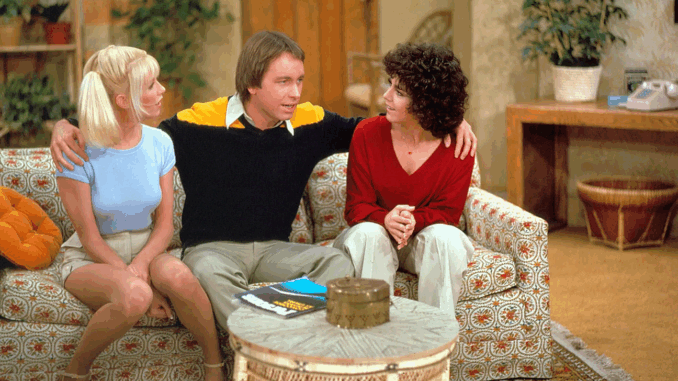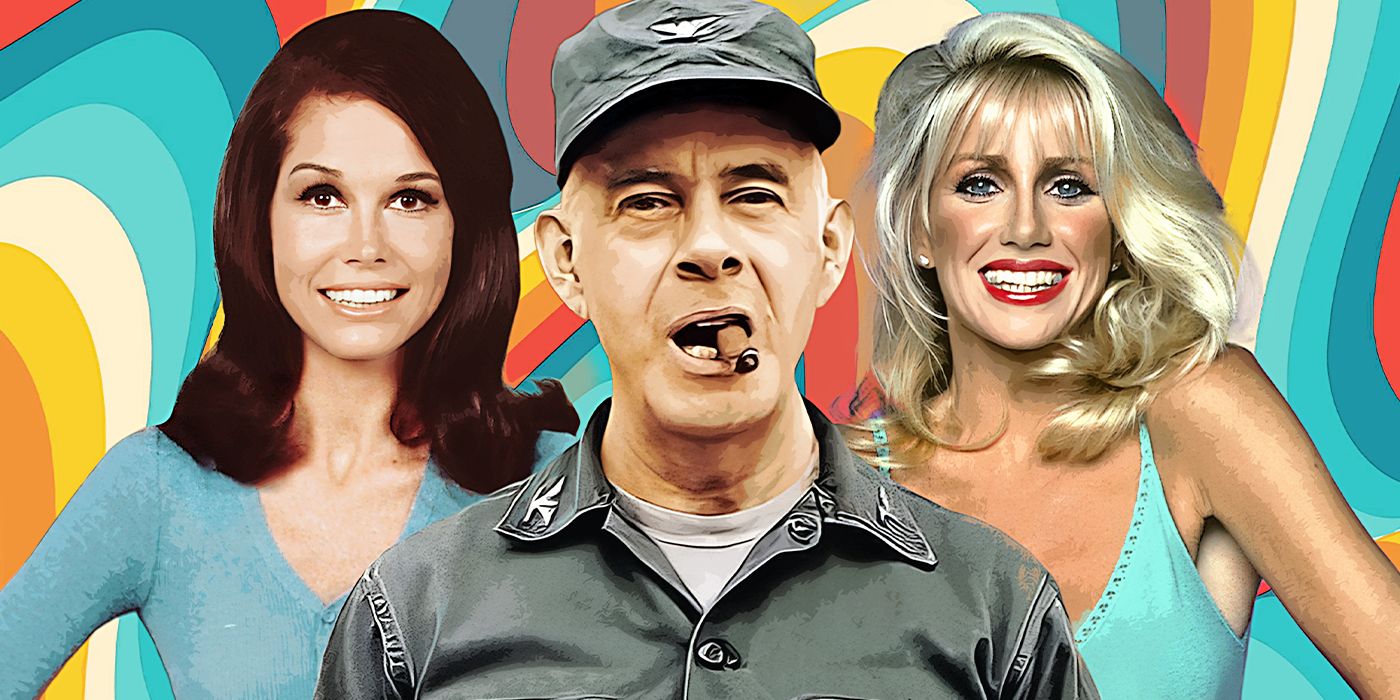
More than forty years after its premiere, Three’s Company remains a sitcom classic, charming audiences with its unforgettable blend of physical comedy, cheeky misunderstandings, and lovable characters. First airing in 1977, the show became an instant hit, introducing viewers to a fresh kind of humor that played off the cultural shifts of the late 1970s. Today, it continues to live on through syndication and streaming, proving that some laughs truly are timeless.
At its core, Three’s Company was built on a simple but bold premise: a man pretending to be gay in order to live platonically with two single women in Santa Monica, California. In the conservative era it debuted, this setup was considered edgy. But thanks to clever writing and an endearing cast, the show struck a balance between provocation and light-heartedness, never veering into cruelty or cynicism.
The trio at the center of the chaos — Jack Tripper (John Ritter), Janet Wood (Joyce DeWitt), and Chrissy Snow (Suzanne Somers) — quickly became household names. Ritter, in particular, was the comedic heart of the series. His impeccable timing, masterful physical comedy, and boyish charm gave Jack depth and energy. Whether he was tripping over furniture, delivering rapid-fire jokes, or caught in another outrageous misunderstanding, Ritter made every scene memorable.
Joyce DeWitt’s Janet grounded the show with wit and sensibility, often playing the straight character to Jack’s buffoonery. Meanwhile, Suzanne Somers’ Chrissy added a naïve sweetness that became one of the show’s signatures — her blend of innocence and comedic timing made her a standout. Over time, new roommates entered the picture, like Terri Alden (Priscilla Barnes), yet the core chemistry never waned.
Of course, no discussion of Three’s Company would be complete without mentioning the Ropers. Norman Fell and Audra Lindley, as the nosy, hilariously mismatched landlords Stanley and Helen Roper, were so beloved they earned their own spinoff, The Ropers. Later, Don Knotts stepped in as the flamboyant Mr. Furley, injecting a new level of eccentric charm into the building’s management.

What made Three’s Company so appealing wasn’t just the slapstick or the misunderstandings — although those were expertly executed. It was the warmth underneath the farce. The characters genuinely cared about each other. Viewers tuned in not only for the laughs, but for the sense of friendship, support, and the subtle rebellion against traditional expectations.
Behind the scenes, the show wasn’t without its drama. Somers’ exit after a contract dispute marked one of the most publicized cast changes in sitcom history. Yet the series pushed forward, adapting and evolving while maintaining its signature tone. That resilience, both on- and off-screen, only deepened its place in television history.
Even today, Three’s Company remains remarkably rewatchable. Its pacing is tight, the humor still lands, and its themes — miscommunication, friendship, and navigating adulthood — are as relatable now as ever. The show also paved the way for many modern sitcoms, influencing the structure and humor of shows like Friends and New Girl.
In the ever-expanding world of TV comedy, Three’s Company holds a unique spot — a sitcom that dared to be a little different, that embraced silliness without sacrificing heart, and that turned a simple apartment-sharing setup into one of television’s most enduring success stories.
